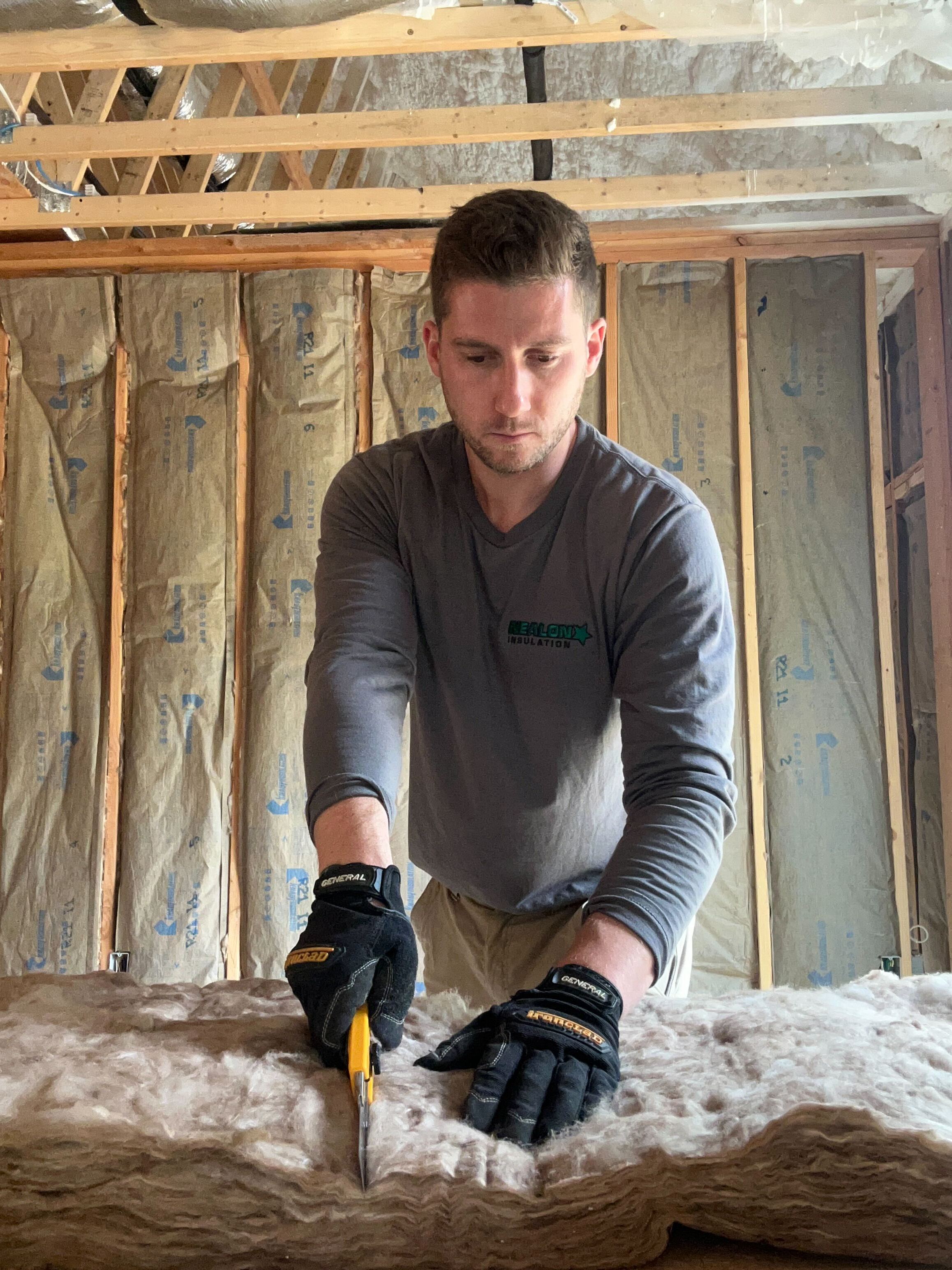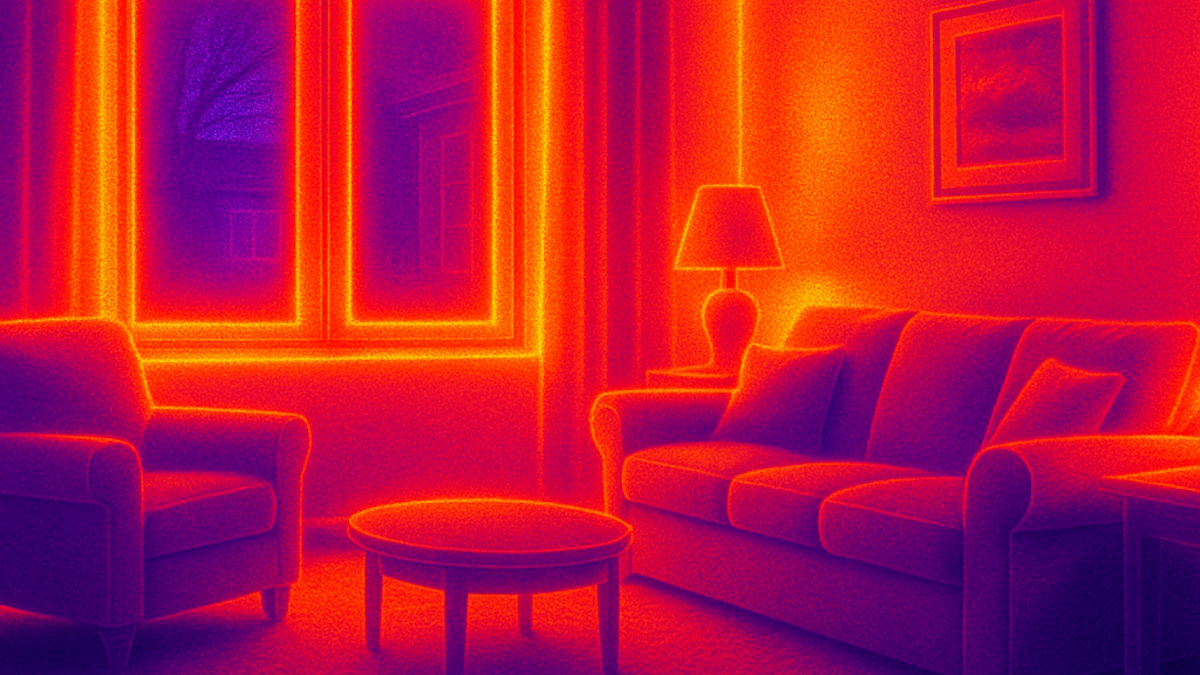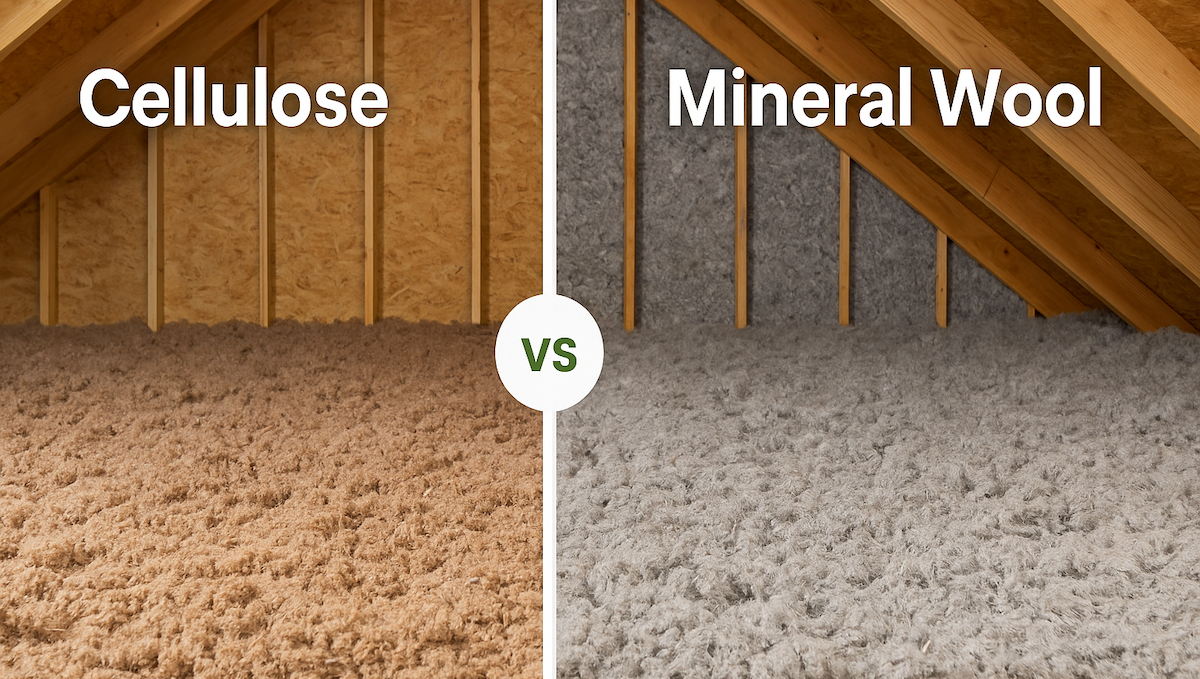Why Does Insulation Lower Your Energy Bill?

Let’s start with this: insulation isn’t just a nice-to-have—it’s one of the most cost-effective ways to cut down on your energy bills year-round. Whether you’re battling a New England nor’easter or a brutal summer heatwave, your insulation is doing the quiet, thankless job of keeping conditioned air where it belongs: inside your home.
But how does it actually save you money? Let’s break it down.
1. Insulation Slows Down Heat Transfer
Heat moves in and out of your house constantly—through walls, ceilings, floors, and anywhere it finds a weak spot. This process is called heat transfer, and without good insulation, your home is bleeding energy like a sieve. In winter, warm air escapes. In summer, heat pours in. Insulation acts like a barrier, slowing that process down so your HVAC system doesn’t have to work overtime to keep up.
Less work for your furnace or AC = less energy used = lower utility bills.
2. Insulation Keeps Temperatures Stable
Ever notice how some rooms feel freezing while others are sweltering? That’s usually a sign of poor insulation or air leaks. Ideally, rooms in the same house shouldn’t differ by more than 2–3°F. If you're seeing 5 degrees or more between rooms, it’s a red flag—your home likely has insulation gaps or airflow issues.
When you insulate properly—especially your attic, walls, garage, basement and crawl space -- you even out those swings and stop playing thermostat whack-a-mole. Want to layer your savings? Combine good insulation with simple, low-cost hacks to stay warm in winter—like these 10 free or cheap ways to stay warm.
3. It Reduces HVAC Runtime
Your heating and cooling systems cycle on and off all day. But the better your home holds its temperature, the less often those systems need to run. Over time, this adds up to serious savings—not just on energy, but also on maintenance and equipment lifespan. Well-insulated homes put less wear and tear on HVAC units, meaning fewer breakdowns and a longer system life.
4. It's a One-Time Investment That Pays Off For Years
Insulation isn’t a band-aid fix—it’s a long-term upgrade. Whether you’re using spray foam, batts, or blown-in cellulose, you’re making a one-time investment that keeps paying you back every month.
And if you’re looking to insulate finished walls without tearing everything apart, we’ve got a method for that too. It’s called drill and plug, and it lets us dense-pack cellulose insulation from the outside of your home—sealing up energy loss while leaving everything looking untouched. It’s one of our go-to moves for older homes with empty wall cavities.
5. Air Sealing and Insulation Work Better Together
Insulation slows heat transfer, but it can’t block airflow by itself. That’s where air sealing comes in. Gaps around attic hatches, recessed lights, plumbing penetrations, and rim joists let conditioned air leak out—and invite outdoor air in.
Pairing insulation with thorough air sealing stops those leaks cold (or hot), creating a tighter, more efficient building envelope. Think of it like wearing a puffer jacket with the zipper undone: it’s not doing much good. Seal it up, and suddenly your home holds temperature like a thermos. Fewer drafts = lower bills.
The Bottom Line
If your energy bills are creeping higher and your home still doesn’t feel comfortable, your insulation might be the culprit. Fixing it won’t just make your house cozier—it’ll put money back in your pocket every single month.
Want to see what better insulation could do for your home?
👉 Get in touch with Nealon Insulation. We’ll take a look, give it to you straight, and help you lower your bills the smart way.
Related Articles
Let's Work Together
Ready to transform your home into an energy-efficient haven? Schedule your free energy assessment today and experience the Nealon difference for yourself.



